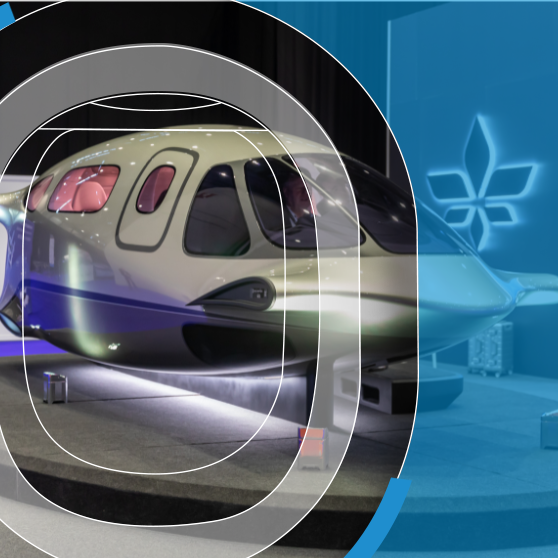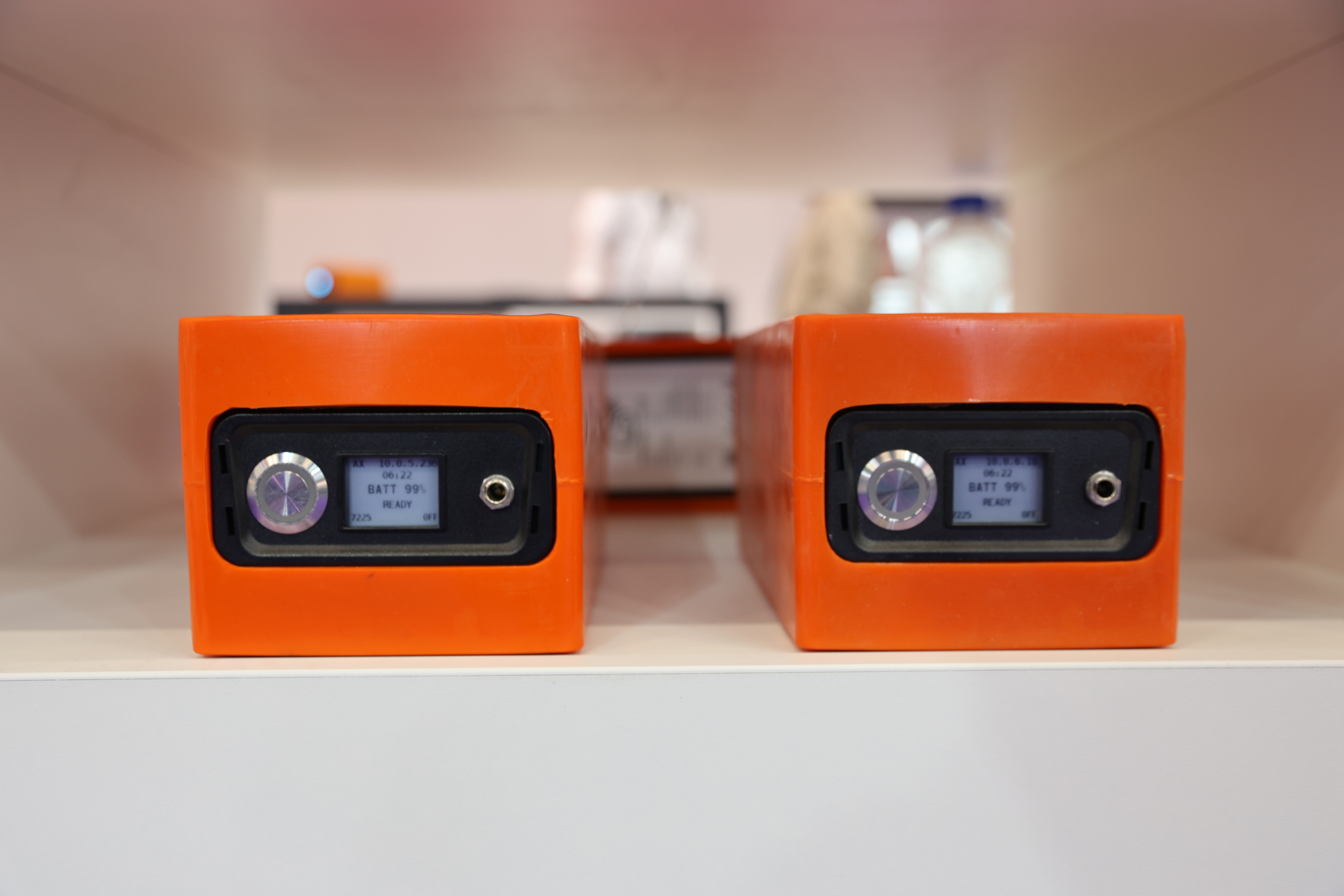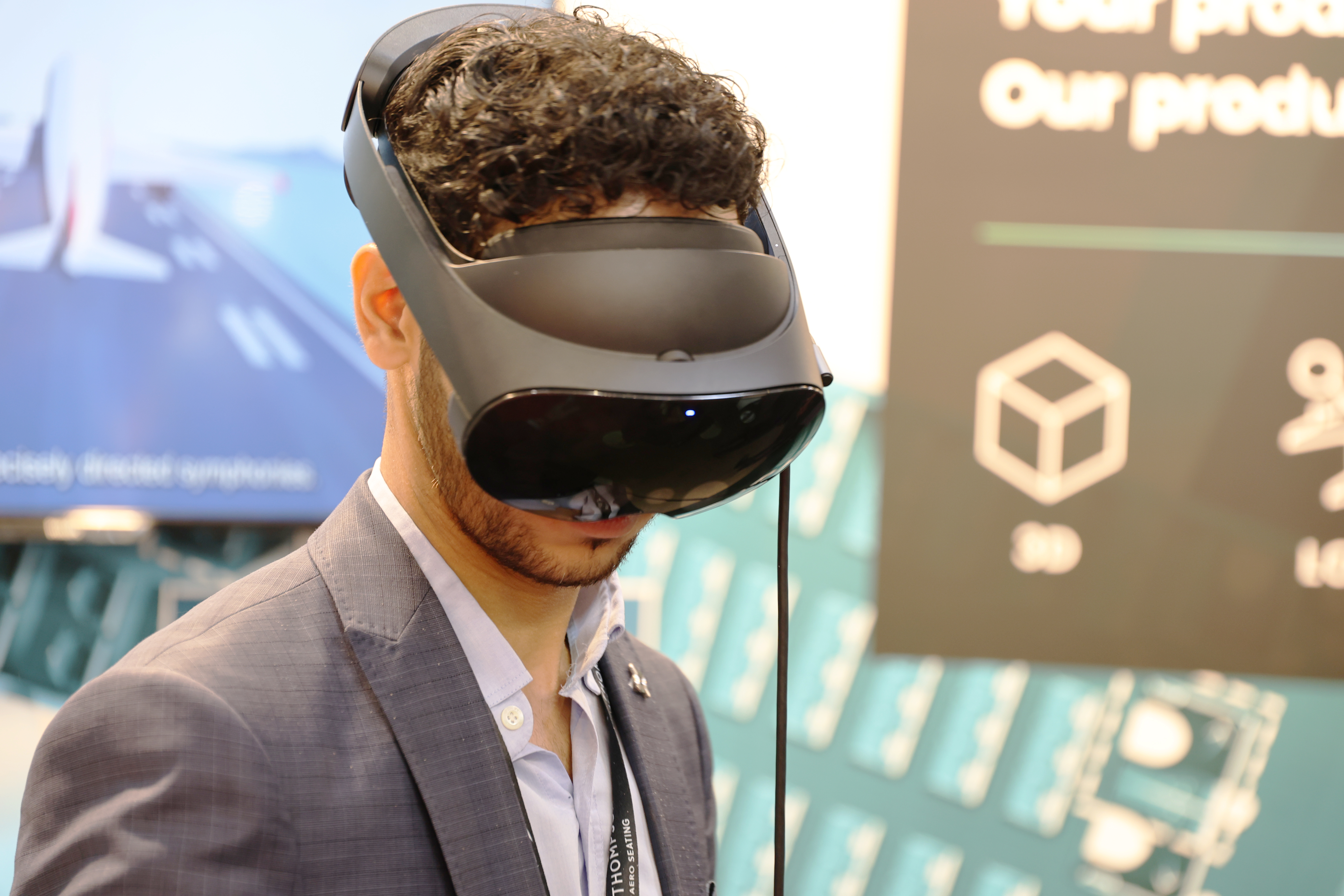
It seems like it was only a couple of years ago when we thought our digitally-transformed future would be in the bag and we could settle back with a cup of cocoa and marvel at a job well done. Not so. GenAI is already here and our task is to work out how to make it work for us.
Looking at recent consumer and technology trends reports there is the palpable excitement around artificial intelligence and the tools it has already delivered, most obviously but not limited to, generating content, text, visuals, and sound (aka GenAI).
Slightly less disruptive, but in many ways just as exciting, are the maturing technologies of electric powered small aircraft, particularly in relation to first- and last-mile journeys. The excitement around these ideas seems to connect at a deep level in the human psyche and will influence much of our thinking about aviation over the next few years.
It’s clear that a full roll-out of electric vertical lift and take off (eVTOL) services is still some way off. Infrastructure, traffic management, and energy management are issues that need addressing, but these vehicles and associated concepts are maturing, and so planning for them must start now.
While on the subject of clean energy aviation, environmental concerns will continue to be at the front of our minds. Although, we will see a step change in attitudes as people become more alert to greenwashing and increasingly prefer to support businesses that are transparent about their sustainability efforts and have more trustworthy eco-credentials.
Trust itself is a deliverable that will be key to customer relationships. The breakdown of trust is increasingly a blockage to leveraging new business opportunities.
A state of flux
Accenture Song’s Accenture Life Trends 2024 report observes that society is in a state of flux, where people are deconstructing everything as they try to work out their place in the world. It reveals that half of all people globally are significantly altering their life goals, prioritising job security and retirement over higher education or getting married, while 48% of people plan less than 12 months ahead, or not at all.


“We’re entering a decade of deconstruction spurred on by changing consumer values, Al’s explosive growth and the relentless speed of change,” says Mark Curtis, Global Sustainability Lead for Accenture Song.
Redefining personalisation – opportunities and challenges
Noting that conversational AI already has mass cultural awareness, Accenture adds that GenAI is “upgrading” people’s experience of the internet from transactional to personal, predicting that personalisation in commerce will likely be redefined.
Technology consultancy Gartner declares that the democratisation of GenAI is one of this year’s top 10 strategic tech trends, predicting that by 2026 over 80% of enterprises will have used GenAI tools in some form – up from less than 5% in early 2023.
While Euromonitor’s Top Global Consumer Trends 2024 forecasts GenAI tools will evolve into co-creators for consumers, influencing their decisions and reshaping their expectations of brand engagement. It remarks: “As consumers keep testing the capabilities of this technology, they’ll expect brands to do the same.”
Within the passenger experience community, specialists in onboard retail, digital connected services, and seating all envisage GenAI opportunities to provide travellers with better customised experiences.
Laura Roesges, Chief Commercial Officer at inflight retail specialist Retail inMotion (RiM), says:
“AI is a key tool the industry will draw from to analyse passenger preferences and offer bespoke recommendations for inflight purchases.”
Verena Bintaro, Director of Marketing, Communications & Partnerships at digital cabin solutions specialist AERQ, adds that advanced data tools such as GenAI “not only enhance engagement but are also in line with evolving passenger expectations towards a more customised journey.”
However, with AI’s capabilities rapidly developing, there will be challenges. As Roesges acknowledges, “The fast progression of AI tools makes it challenging to stay on top of daily technical progress.”

Navigating data privacy regulations also becomes more complex. Bintaro cautions: “Airlines need to find the right balance between highly personalised content and passengers’ privacy concerns. Other challenges are the integration of advanced data tools in the existing aviation technology frameworks as well as afterwards ensuring the availability of high-quality data.”
For aircraft seat manufacturer Expliseat, integrating AI-driven intelligence into the design process promises intuitive passenger experiences. Vice President Marketing & Strategy, Antonio Ficca explains: “AI tools can be envisioned as dynamic entities that continuously engage with users, predicting and addressing their needs in real-time.
For instance, seats autonomously adjusting before mealtime or prior to landing represents a proactive and anticipatory approach. The vision extends to a future where a dialogue unfolds between users and cabin components, generating insights that designers can leverage to craft more intuitive and responsive designs.”
Combining tech with the human touch
Elsewhere, Mintel’s Global Consumer Trends 2024 predicts the emergence of “a new ‘human-as-premium’ label…giving greater influence to artisans who can take on the creative spirit that exists outside of an algorithm”. That is to say, that human service interactions will be perceived as having a higher value.
The combination of tech and the human touch will be the winning formula for both passenger experience and retail sales according to RiM’s Roesges. She notes crew training can improve interactions between cabin staff and passengers and crew reward systems can boost onboard sales. “There’s plenty of opportunity to blend technology with human touchpoints, such as virtual concierge services and personalised inflight services,” she says.

Digital solutions should enhance human interactions, with personalised content creating a feeling of being understood according to AERQ’s Bintaro. She envisages opportunities to innovate interactions, for example via gaming. She says: “Players could use opportunities to actively drive social engagement through collaborative gaming or enhancing the engagement with the crew. In terms of generating revenue, offering ‘premium’ interactive content can be a great opportunity.”
And we can expect future virtual agents to be much more approachable than today’s bots. Amadeus Travel Trends 2024 predicts: “The next generation of GenAI-powered customer service will be delivered with greater patience and empathy”, giving employees “the bandwidth to provide the human touch on more specialist issues”.
Blurring tech and transport
Moving on to eVTOLs, Amadeusforecasts the emergence of “Electric Skyways” that will allow eVTOLs and other kinds of electric aircraft to provide lower emission air travel options, within urban areas, to satellite airports, cross-country and between islands. In parallel, eVTOL take-off and landing sites, or vertiports, will provide easy-access gateways to these services.

While “swift, lower carbon emitting, first- and last-mile journeys” may still seem rather futuristic, Amadeus notes that Volocopter is planning to provide a fleet of eVTOL’s for this year’s Olympic Games in Paris and Joby Aviation is planning commercial eVTOL flights from 2025.
The close association between transport and technology is increasingly in evidence at high-profile electronics events according to Matthew Nicholls, Sales Director at Tapis, which develops high-performance fabrics for aircraft interiors. He observes that “blurring the lines between transport and technology, the passenger expectation is going to rise”.
“Passengers who own iPhones and Androids expect a higher level of experience on a train, in a plane and in a car. Bluetooth and bring-your-own-content is going to be a must-have and I think there is a period of catch-up that the transportation industry is going to go through.”
Step change in consumer engagement on sustainability
Keeping pace with consumer expectations will also create challenges (and opportunities) for brands around sustainability. The Euromonitor trends report points out that as people attempt to live more sustainable lives, they are questioning whether companies and governments are fully utilising available resources to create meaningful impact.
Greater communication and educating passengers about ongoing work will be vital according to Ficca at Expliseat, where sustainability initiatives are moving beyond weight reduction and incorporating recycled carbon fibre into seats. It is exploring options for aviation customers to return seats at the end of their life cycle for material repurposing. Ficca says: “Rebuilding trust with passengers requires openness about the environmental impacts of products.”
A take-away from the 2024 forecasts is that we are living in times where there is more to be worried about and more to be excited about than ever and they are the same thing: potentially game-changing technology. The next couple of years will be about getting that tech to do what we as consumers need – rather than it being used to keep us at arms length.
This means that the interface between human and tech must become more nuanced. It’s a fair assumption that the businesses that will be more desirable to customers in future will be those who make astute use of maturing technologies and offer sincerity and trust to their customers.
This article was produced in paid partnership with Gillian Jenner.


